Introduction:
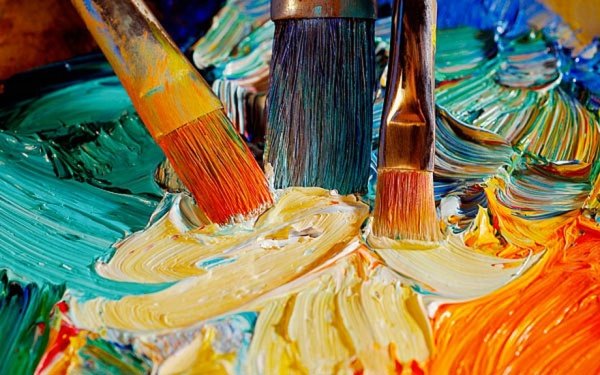
When I started to draw I my first paints were exactly oil. I know it's not the kind of materiel to start with, but I did, and it's still my true love. When I was creating my first painting I had no plan to become an artist, so I just chouse a material that seemed nice to me.
And now I think that I made the right choise. After all, does art have any rules? Should it have them?
Today I want to share my oil collection here, and tell a few words about every manufacturer I used.
Let's start:
Usually I paint with oil on canvases. But this medium also can be used on different surfaces, such as wood, or cupboard, for example. The only condition - it should be well primed, otherwise the base will soak the liquid oily part of the paint and the painting will look withered and will ruin quicker.
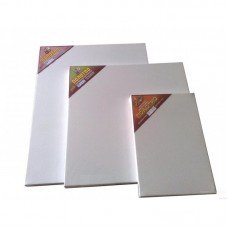
Now we also have such a useful stuff as a paper for oil. It's cheaper then canvases, and can be used for practice. I really highly recomend it, I use this kind of oil paper:

To use oil you need a some auxiliary materials, such as solvent. You can blend it yourself or buy a ready one all-in-one-bottle. The best solution for beginners is to buy this kind of three component solvent: oil+solvent+laque. So, you need the one with the inscription "medium". I also have a clean solvent bank, to wash my brushes during work.


Also you need a palette. Classic choise is a wooden palette, but plastic is also OK. Sometimes I use oil oaintings as a palette - it's a great solution.
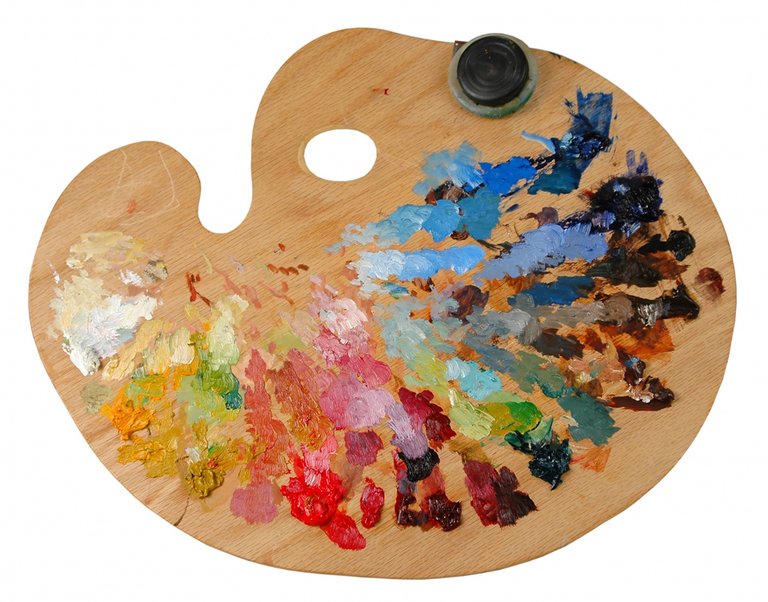
And of course you need brushes. Oil loves synthetic brushes, and pig bristle ones. You can check out my review about brushes here.

Now about oil manufacturers I have in my collection:
My number one is Van Gogh oil. It's a half-professional series, a perfech match of price and quality. The colors are bright and mix together well.
Number two is Van Pure. It's a cheaper one, but it has a nice giant tubes of titanium white, and this white is always needed in a huge ammount:
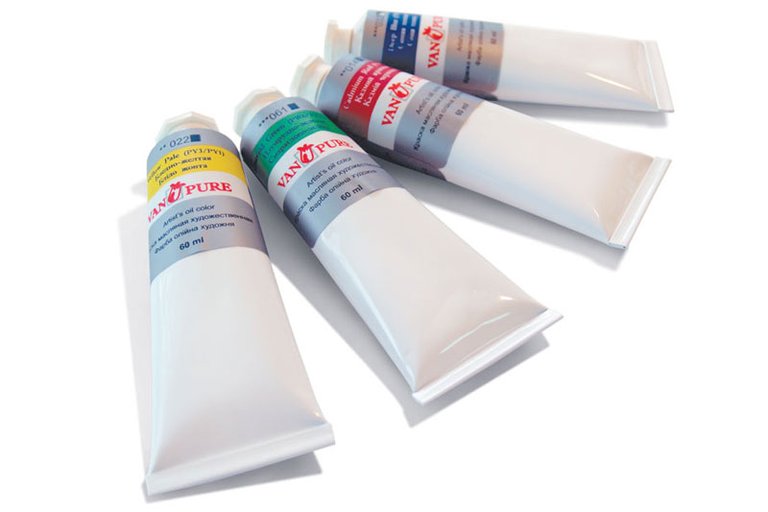
Number three is Louvre. Also a great match of price and quality. It's a bit easier to work with then Van Gogh, but a bit more expensice
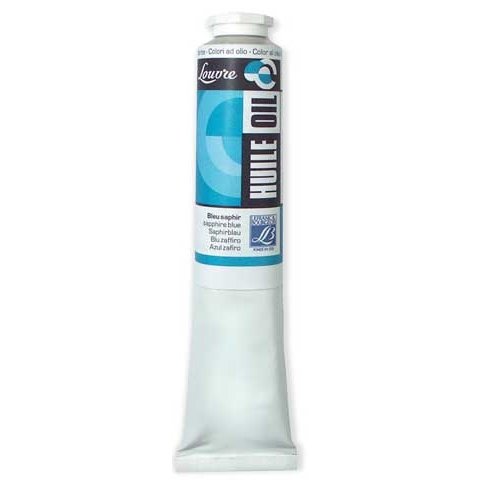
Mumber five is Sonet, the same manufacturer as the White Nights watercolor. The only reason why I still have it is because I bought a set when I was a newbie. And seems like it lasts forewer. It's a good cheap solution for study, but the colors are a bit dirty, and they blend not so good.
I also know that now a water-soluble oil exists, by Windsor and Newton. I haven't tryed it, and I'm not sure that I want to. Using solvent is a special oil charm (and hallucinations:) Ha-ha, kidding:), so I don't think that I want my oil to be used with water instead, in spite of my huge love to Windsor and Newton.
And the last tip:
Here I want to remind you that your brushes need a special care, especially if you work with oil. You can check out my post here, everything you need to know I said there. If you'll leave your brushes with no proper treat you'll have to buy new ones all the time.
I hope this post was useful. See you in the next one!:)
Thank you for watching:)
Love, Inber



Excellent tutorial for the oil beginners. Thanks @inber
Thanks:) And welcome:)
nice post......,followed
Thanks:)
Good post
Thanks:)
Upvote, resteemed and promoted! I enjoy your articles. Thank you!
Wow! Thank you so much!:)
I am into oil painting already but this is extremely useful and interesting! Thanks! :)
You're most welcome!:)
How to Draw a Round Hole in Line Paper Trick Art
This was a great article. As a person struggling with getting started with what just so happens to be oil paints, this information was really helpful.
I'm finding my biggest problems are successfully priming canvasses. Would be able to offer any helpful tips?
I buy already primed ones, so sorry, no:(